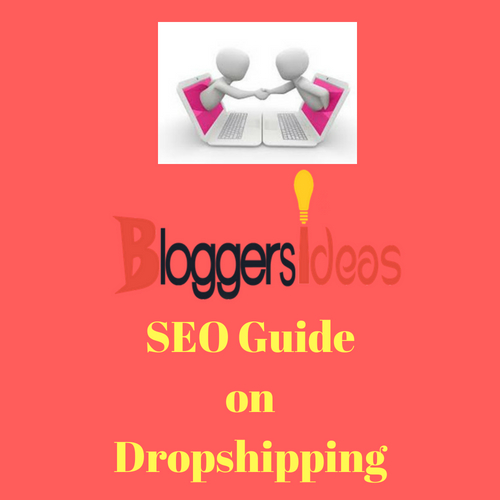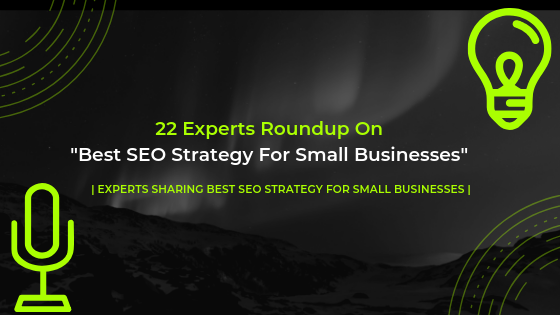Your cart is currently empty!
Tag: Businesses
-

How To Use SEO In Dropshipping Businesses: Detailed Guide 2022
[ad_1] You might have often planned about starting your E-commerce store and look to earn money. What If you don’t own the inventory and is still curious to make money by E-commerce? The dropshipping was introduced further which made it handy and in fact easy to earn money quickly. But, the foremost thing that can
-

22 SEO Expert Roundup Best SEO Strategy For Small Businesses
[ad_1] In this post, we have actually featured Expert Roundup Post On- Best SEO Strategy For Small Business. SEO experts from all over the world is sharing their secret SEO Strategy For Small Businesses. Let’s check out Experts Opinion On- Best SEO Strategy for Small Businesses. 22 SEO Experts Roundup On- Best SEO Strategy for